Rainscreen cladding, a rear-ventilated exterior cladding system, has become a popular choice for both new constructions and renovations. Let’s delve into its application in the École Enfants du Monde project and the use of Swisspearl facade materials.
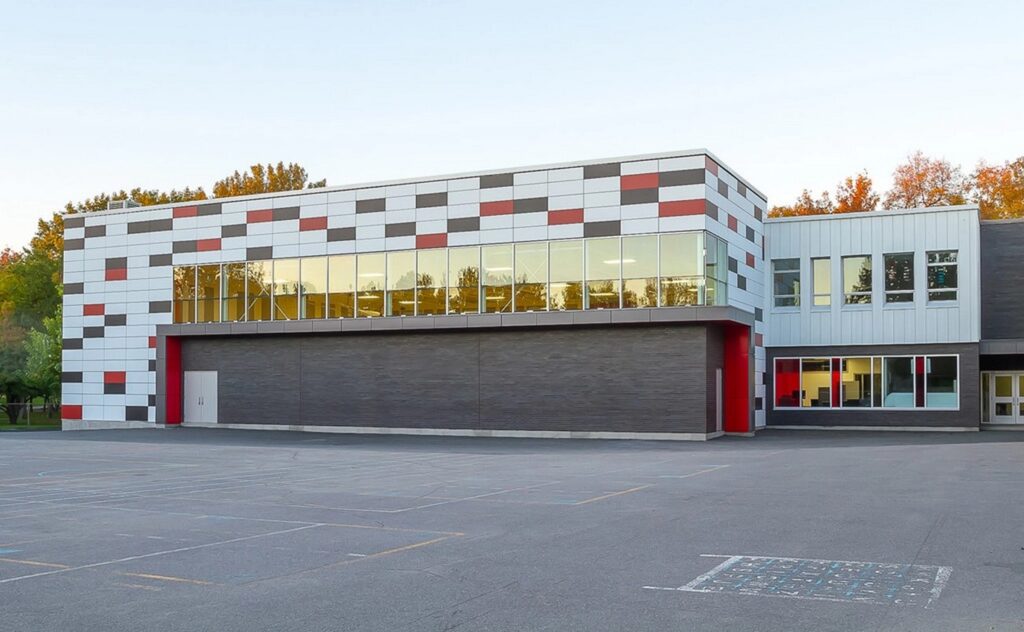
Understanding Rainscreen Cladding
Rainscreen cladding involves the installation of a double-wall construction where the outer cladding is designed to breathe, while the inner layer provides insulation. This setup ensures that the structural frame remains dry by preventing water from reaching the thermal insulation.
École Enfants du Monde: Architecture and Expansion
The École Enfants du Monde in Montréal, originally designed by architect Gaétan Le Borgne in 1961, underwent an expansion in 2013 by the architecture firm Birtz Bastien Beaudoin Laforest architectes. The building features two upper storeys and a basement, with an “L” shape layout.
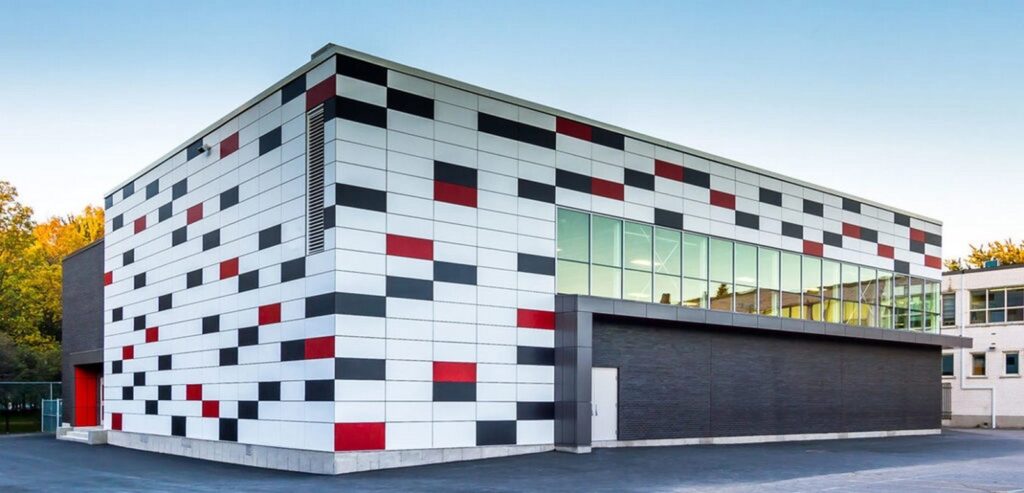
Facade Materials: Swisspearl Carat
To inject color and modernity into the original construction, the new wing of École Enfants du Monde utilized Swisspearl Carat facade materials. The Carat collection offers through-color panels with a translucent or pigmented top layer, providing a natural look with a delicate vein texture.
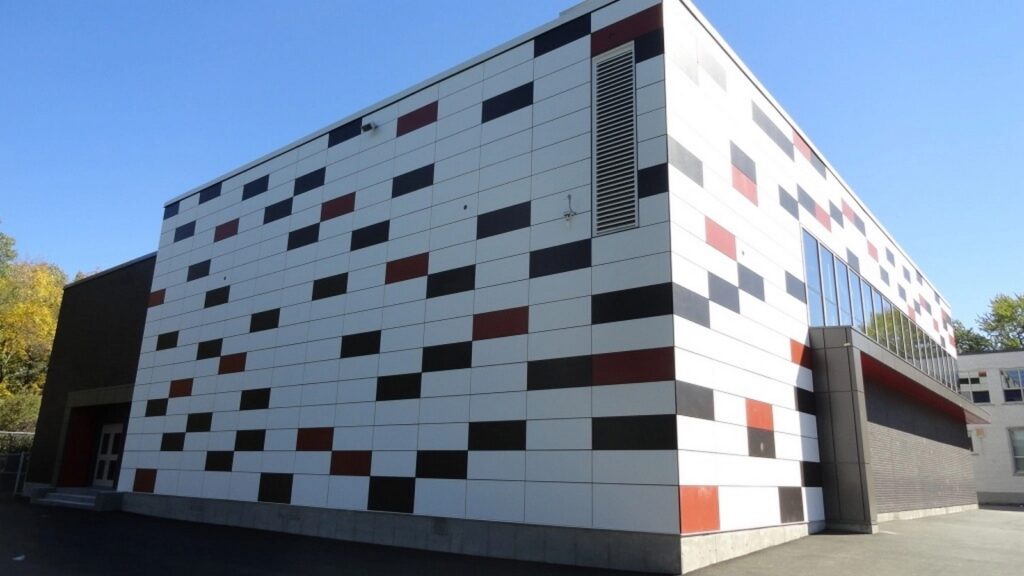
Features and Benefits of Swisspearl Carat
- Versatility: Swisspearl Carat panels are available in a wide spectrum of shapes, making them suitable for various architectural styles and settings.
- Durability: The proprietary processes employed by Swisspearl, including special surface finishes, sealed edges, and back coating, ensure optimal behavior and durability of the panels.
- Minimal Maintenance: With a smooth surface finish, Swisspearl Carat panels require minimal maintenance, offering long-term aesthetic appeal.
By incorporating Swisspearl Carat facade materials, the École Enfants du Monde project successfully blends modernity with the original architectural design, creating a vibrant and durable exterior facade solution.




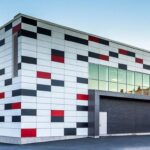
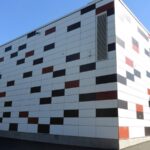
Leave a Reply